wikiHow is a “wiki,” similar to Wikipedia, which means that many of our articles are co-written by multiple authors. To create this article, 24 people, some anonymous, worked to edit and improve it over time.
There are 16 references cited in this article, which can be found at the bottom of the page.
This article has been viewed 155,685 times.
Learn more...
Shechitah (sheh-HEE-tah) is the Jewish ritual of slaughtering permissible land animals and fowl so that they are considered Kosher and are able to be eaten by Jews. Keeping Kosher is a very important aspect of Judaism because it benefits the mind, body, and soul; however non-Jews often consume Kosher meat because of the special process involved. Shechitah ensures the animal is slaughtered so that it feels no pain, and also ensures the meat is of the best quality.[1] It is a very difficult process, however, and it requires years of experience, a vast knowledge of biblical laws, and experience with the anatomy of the animal being slaughtered.[2] While you will not be able to do this yourself, because of the training involved, you might want to know the processes so you can understand why the price is considerably higher.
Steps
-
1Select a knife (called a chalif) of the appropriate size. The length of the blade is twice the width of the animal's neck.[3]
-
2Thoroughly examine the animal prior to slaughter. If the animal is ill or injured, it is no longer considered Kosher. This has two purposes. First, it ensures the quality of the meat because an ill or injured animal should not be eaten anyway. Second, it provides a disincentive for Kosher farms to partake in the methods of other farms, because if the cow is hurt in any way, it cannot be slaughtered.[4]Advertisement
-
3Restrain the animal so that the slaughtering can be done correctly and painlessly. If the animal is injured during the restraining, it is no longer considered kosher.[5]
-
4Inspect the blade of your knife. Make sure that there are absolutely no nicks or unevenness. Any blemish on the blade at all, even one big enough for a human hair to fall into, renders the knife unacceptable for kosher slaughter. The knife must be sharpened to such a sharp point that if the Shochet were to slice of their finger, they would feel no pain. [6]
-
5Cut the esophagus, trachea, carotid arteries, and jugular veins in one quick incision. The incision must not at all pull or tear, and must be performed in one motion free of any pause. If done correctly, the animal will die within 2 seconds.[7]
-
6
-
7Examine essential organs of the animal. For mammals (cows, sheep, goats, etc.), make sure there are no defects. The lungs must be inflated to check for unwanted holes, and for signs of lung disease. If there are holes or signs of active lung disease, the cow is not considered kosher.[10]
-
8Remove non-Kosher parts from the hind quarters of the animal. These include the blood vessels and the sciatic nerve (unless you are Ashkenazi and have no tradition of its removal).[11] > As with the lungs, this only applies to mammals.
-
9Remove all fat surrounding the vital organs. Internal fat, known in Hebrew as "cheilev," is not considered Kosher.[12]
Community Q&A
-
QuestionShould a cow be stunned before it is slaughtered?
 Community AnswerNo, performing an action that could in any way affect the health of an animal is prohibited, and if performed, renders said animal trefah.
Community AnswerNo, performing an action that could in any way affect the health of an animal is prohibited, and if performed, renders said animal trefah. -
QuestionWill a stun knife work, I don't want it to wiggle?
 Community AnswerNo. You need a stun gun that will use enough force to penetrate the cow's brain. Anything you kill will always wiggle or twitch violently because the nervous system is trying to stay alive for about 2-5 minutes. That's just the way it is.
Community AnswerNo. You need a stun gun that will use enough force to penetrate the cow's brain. Anything you kill will always wiggle or twitch violently because the nervous system is trying to stay alive for about 2-5 minutes. That's just the way it is. -
QuestionAre there any modern variations to kosher slaughtering?
 Community AnswerYes, you can slit the throat at the same time the animal is stunned by a stun gun. There is a device for this in most slaughterhouse equipment catalogues.
Community AnswerYes, you can slit the throat at the same time the animal is stunned by a stun gun. There is a device for this in most slaughterhouse equipment catalogues.
Warnings
- There is no way you could actually shecht a cow according to the standards of kashrut by just reading this article.⧼thumbs_response⧽
- You must receive certification to become a Shochet.⧼thumbs_response⧽
- It is extremely important to thoroughly examine if the cow is kosher before, during, and after the slaughtering.⧼thumbs_response⧽
Things You'll Need
- a chalif (the blade must be checked before each slaughtering).
- a sharpening stone
- a cow
References
- ↑ https://www.jewishvirtuallibrary.org/jewish-ritual-slaughter-shechitah
- ↑ https://www.dialrel.net/dialrel/images/dialrel-wp1-final.pdf
- ↑ https://www.wellbeingintlstudiesrepository.org/cgi/viewcontent.cgi?article=1058&context=ijsap
- ↑ https://www.arnoldporter.com/en/perspectives/publications/2012/06/hebrew-national-accused-of-being-the-wurst
- ↑ https://www.gov.uk/guidance/halal-and-kosher-slaughter
- ↑ https://www.chabad.org/library/article_cdo/aid/412206/jewish/Why-Shechitah-Is-Important.htm
- ↑ https://www.myjewishlearning.com/article/kosher-slaughtering-an-introduction/
- ↑ https://cor.ca/2015/03/what-is-shechita-kosher-slaughter/
- ↑ https://www2.kenyon.edu/Depts/Religion/Projects/Reln91/Blood/Judaism/kashrut/kashrut.htm#:~:text=The%20Torah%20explicitly%20prohibits%20the,is%20contained%20in%20the%20blood.&text=%22Moreover%20you%20shall%20eat%20no,cut%20off%20from%20his%20people.%22
- ↑ https://www.chabad.org/library/article_cdo/aid/222245/jewish/What-Inspection-Does-the-Shochet-Perform-at-and-after-Shechita.htm
- ↑ https://meat.tamu.edu/ansc-307-honors/kosher-halal/
- ↑ https://www.torchweb.org/torah_detail.php?id=550
- ↑ https://www.ncbi.nlm.nih.gov/pmc/articles/PMC6582925/
- ↑ https://www.chabad.org/library/article_cdo/aid/222243/jewish/Can-Anyone-Perform-Shechita.htm
- ↑ https://www.chabad.org/library/article_cdo/aid/222246/jewish/Whats-Wrong-with-Stunning.htm
- https://classroom.synonym.com/what-are-the-requirements-to-make-a-food-kosher-12080166.html
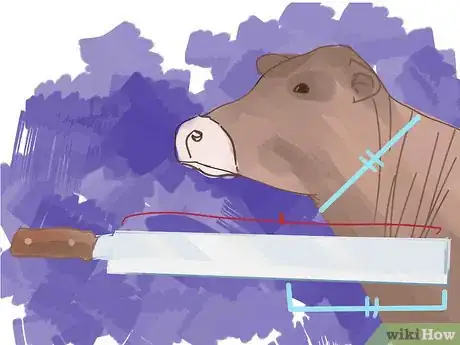
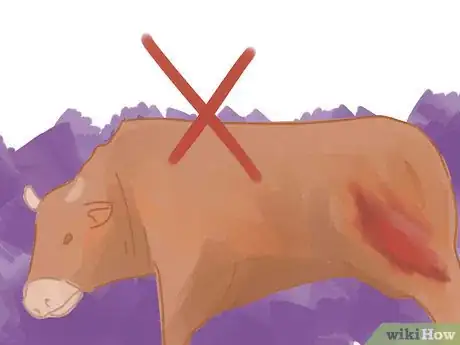
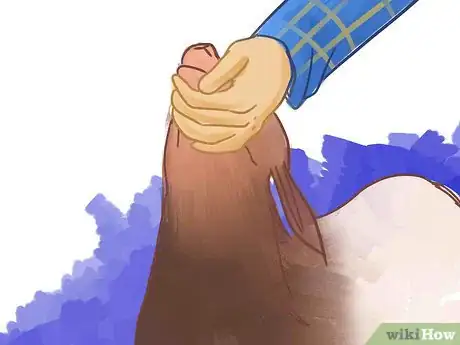
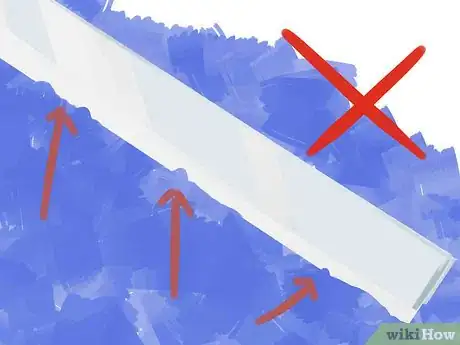
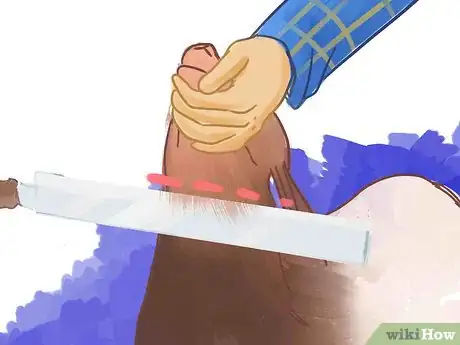
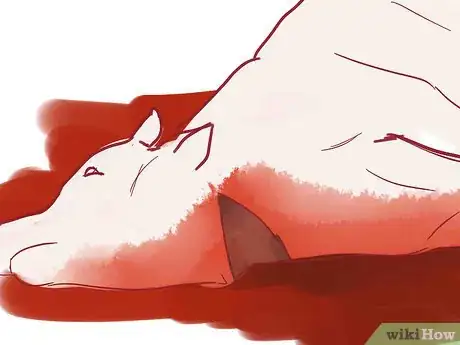
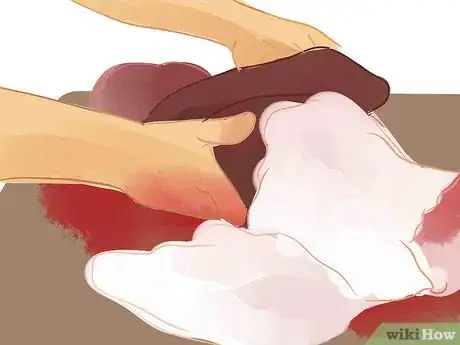
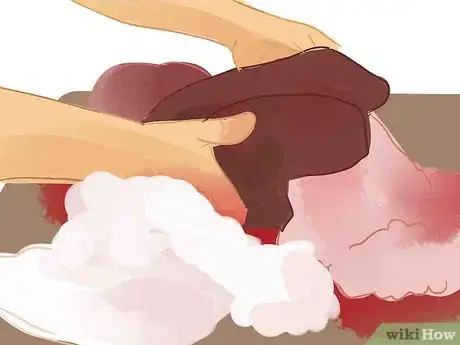
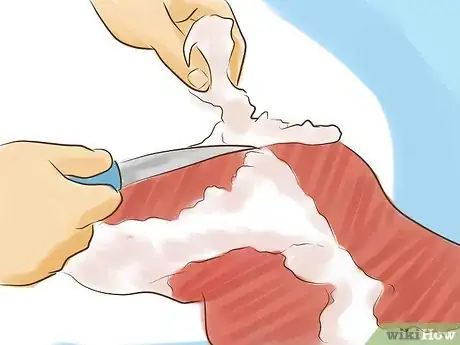

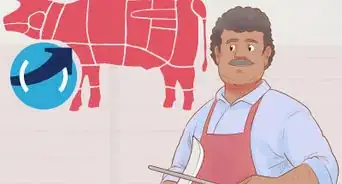

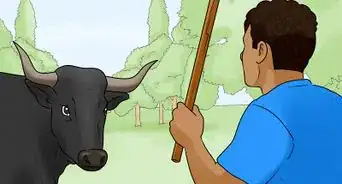



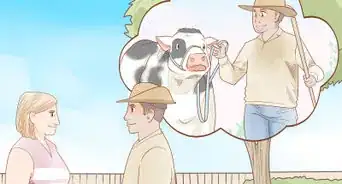
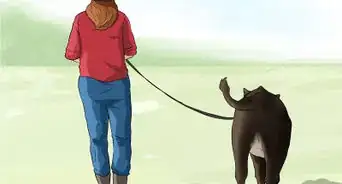
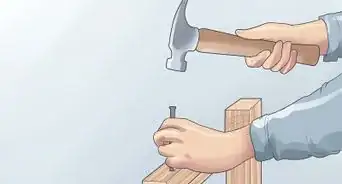

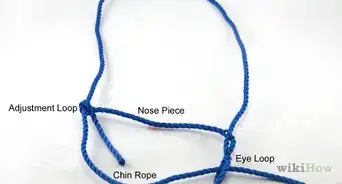
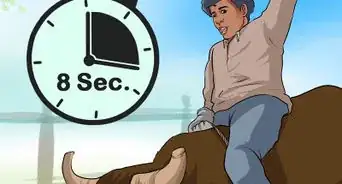
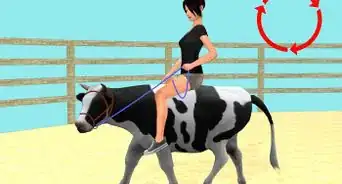






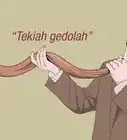


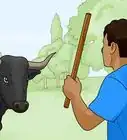



































Medical Disclaimer
The content of this article is not intended to be a substitute for professional medical advice, examination, diagnosis, or treatment. You should always contact your doctor or other qualified healthcare professional before starting, changing, or stopping any kind of health treatment.
Read More...